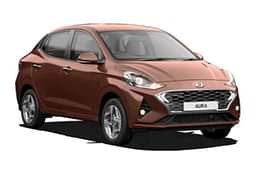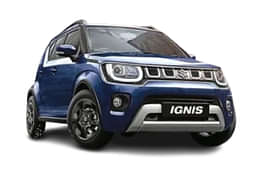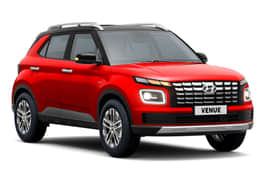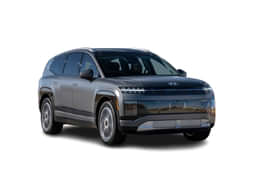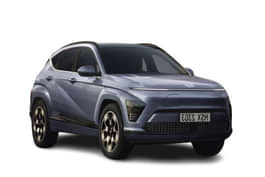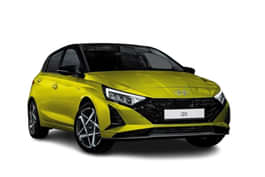![Hyundai Aura 1.0 Turbo Test Drive Review [Hindi Video] Hyundai Aura 1.0 Turbo Test Drive Review [Hindi Video]](https://images.91wheels.com/news/wp-content/uploads/2020/01/aurafeatured.jpg?w=1920&q=65)
Hyundai's second offering for the sub 4m compact sedan market comes in the form of the Aura. It is a modern alternative to the Xcent, one that offers more features, carries a funkier design and promises to tick the right boxes for private buyers. However, for me, its the 1.0 GDI turbocharged petrol motor that lured me to Indore for a two-day experience with this car. Was my trip worth the time and effort? Click to watch the video or continue to scroll below for more info and images on the Hyundai Aura 1.0 Turbo.
The Aura is based on the Grand i10 NIOS which means the front end design is very similar. It is way better looking than the Xcent I agree and for the sedan avatar, Hyundai has given the Aura enough differentiating elements. The 1.0 Turbo specifically gets a glossy black grille upfront along with turbo badging in here. Common to all Aura versions are the twin stage DRLs that are placed on either end of the rather wide grille. The swooping headlamps look nice and so do the fog lamps that are surrounded by matt black housings.
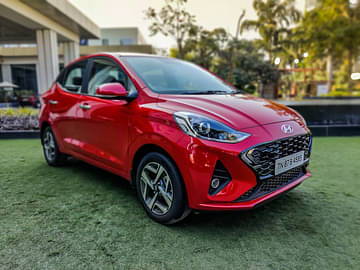
Side profile of the Hyundai Aura 1.0 Turbo showcases the new alloy wheels that frankly seem to be a bit over done. They are jazzy but might not go down well with all owners. However, on the move, the design looks nice. The rear design is controversial I agree but there are enough design elements to make sure you take notice of the car on the road. In fact while following the convoy during the morning drive, I couldn't help but notice the Aura ahead of me again and again.

Its the cabin that I love more and why not. Do note that while the 1.2 models come with a lighter colour theme, the 1.0 Turbo you see here gets a darker theme, thanks to the seat upholstery. These get a contrasting stitch in red and do look sporty enough. The central part of the fascia is also finished in black as compared to copperish brown for the regular 1.2 models. Hyundai is offering the 1.0 Turbo in just one trim and this, unfortunately, misses out on features like cruise control and driver rearview monitor.
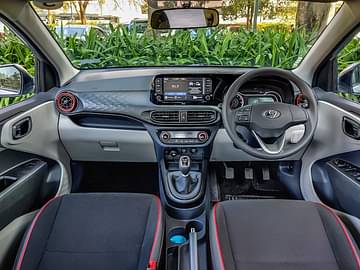
In terms of comfort and visibility though, the Aura fares well and carries forward these traits from the Grand i10 NIOS. Infact, though you sit a bit lower, the rear seat is surprisingly very spacious. Even with the front seats adjusted for 6 feet tall individuals, equally tall passengers can sit at the back without about 2-3 inches of knee room still left. The floor is almost flat and this is a welcome feature for 3rd or the middle passenger. Arm-rest with cup holders, rear vents and a charging outlet complete the package.
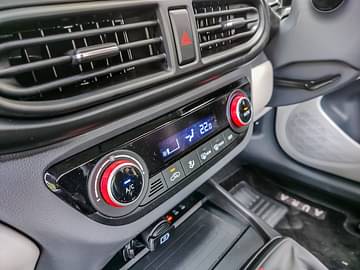
This finally gets me to the 1.0 Turbo petrol engine. Do not judge it by the small capacity of 999cc as it generates 100 PS of power which is about 20% more than the bigger 1.2-litre naturally aspired petrol option. Max torque stands at just over 170 Nm or about 50% more than its elder petrol sibling. Impressive numbers, eh? What's even better is that all that torque starts coming in from as low as 1500 rpm, making this an apt for city runs. You can potter around in traffic at lower speeds and yet gain momentum easily. This inspite of the gearing being on the taller side. For instance, pedal to metal, the first gear of the Hyundai Aura 1.0 Turbo is good for over 60 km/h and 2nd of over 110 km/h - reminds me of the Esteem 1.3 MPFI days!

Impressive low end punch does not come at the cost of high end performance. I was pleasantly surprised to see the Aura 1.0 Turbo register a sub 10 second timing for the 0-100 km/h dash, going onto hit speeds in excess of 150 km/h easily. While I do not support such driving behaviour, my point is that given the road and the right driver, this sedan can be a hoot to drive. Tall gearing also ensures decent fuel economy figures, with the on-board display registering over 15 kmpl in mixed driving conditions.

The 5-speed manual is a joy to use and the light clutch compliments it well. From a driver's perspective though, NVH levels in the 1.0 turbo petrol aren't upto the mark. And I am not talking about the engine noise filtering into the cabin but the amount of road and tyre noise that comes in. My colleagues from other media houses did indicate that diesel ones have better insulation - so why not provide the same on the 1.0 model too, Hyundai? Apart from that, on the move, I was pretty impressed in terms of visibility and ergonomics.
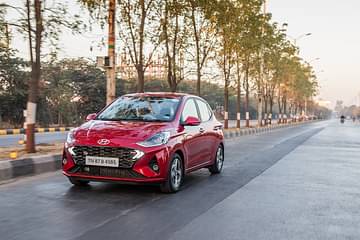
Hyundai has upped the game when it comes to the sheer number of features that the Aura offers. Some of the highlights include wireless charging, semi digital speedometer console, driver rear view monitor and Arkamys Premium Sound set-up. It even gets an emergency stop signal for safety and a company fitted USB charger for daily convenience. Further, the Aura has the lowest service costs among all its rivals and the variable warranty means you can opt for a coverage that lasts as much as 5 years, incase your monthly running is less.
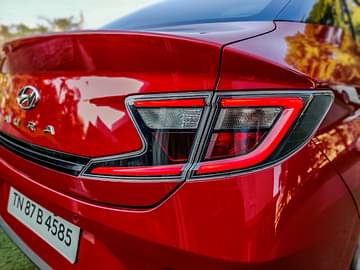
Lastly, with Maruti pulling the plug on diesel engines post April 2020, Hyundai has a huge opportunity to lure in diesel buyers. Pricing is spot on, the add-ons make it a better value deal and you got to admit it, the subjective styling makes it get noticed on the road. For me, the icing on the cake is the peppy 1.0 Turbo that allows you to experience C segment performance at the cost of a compact sedan. Valid point? Yes!
